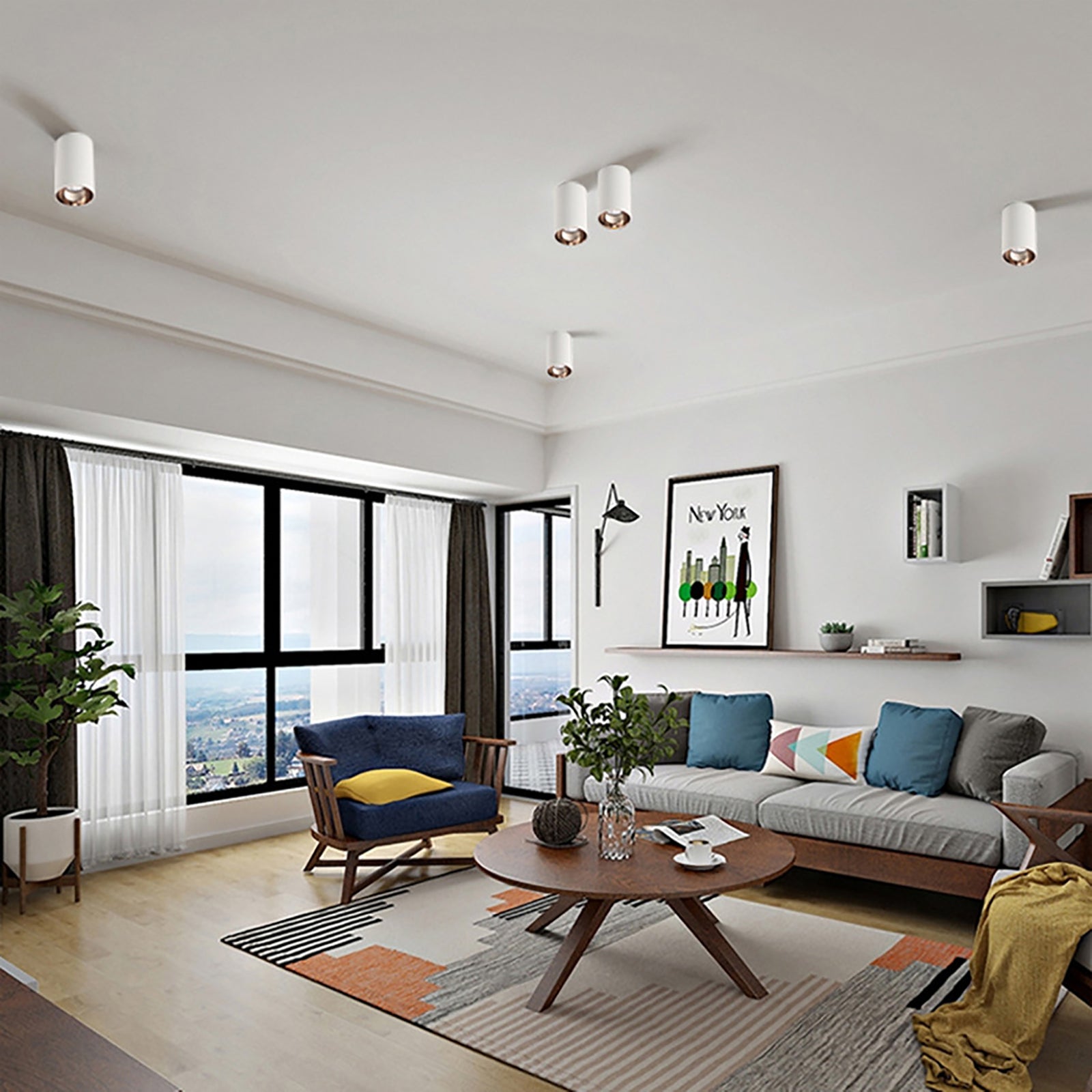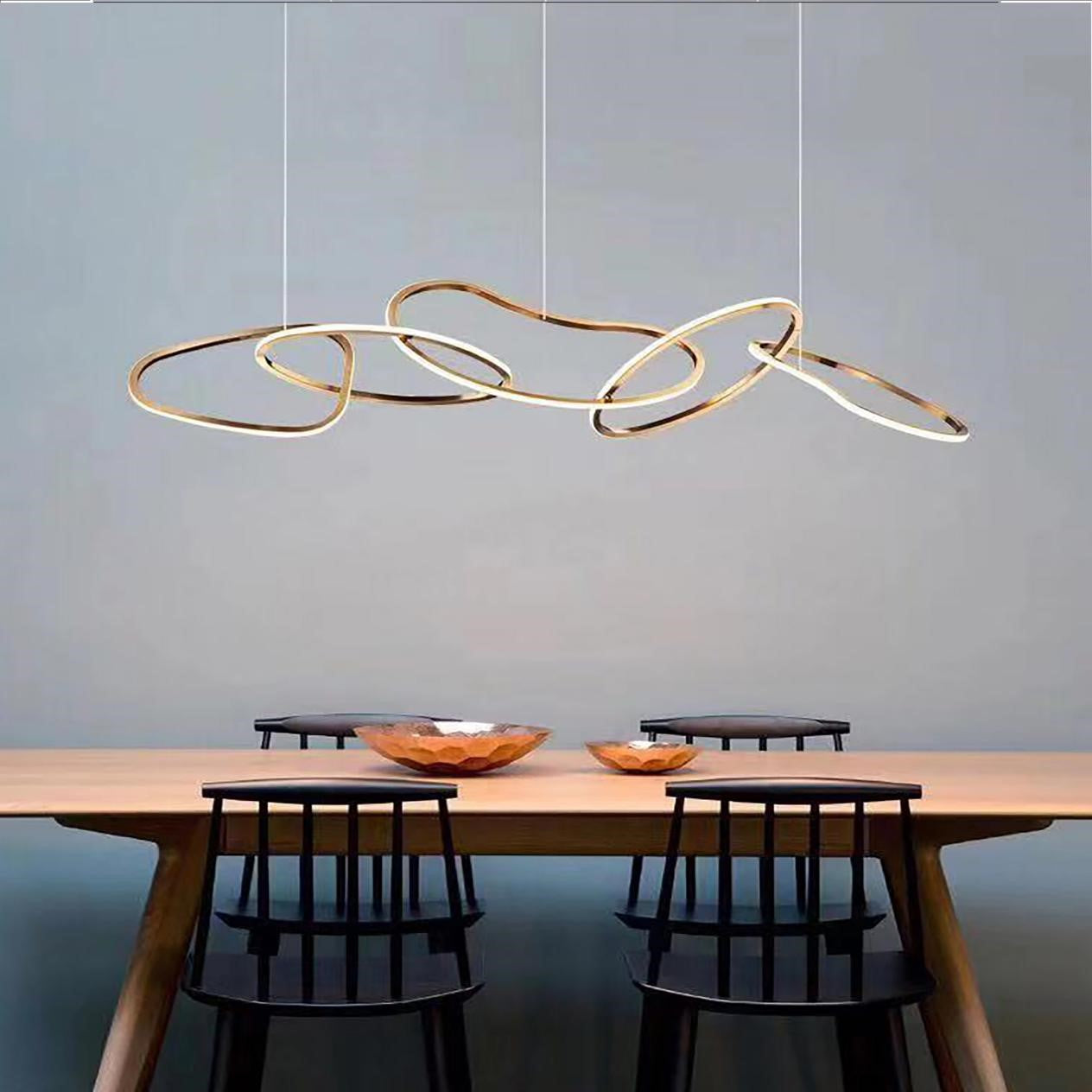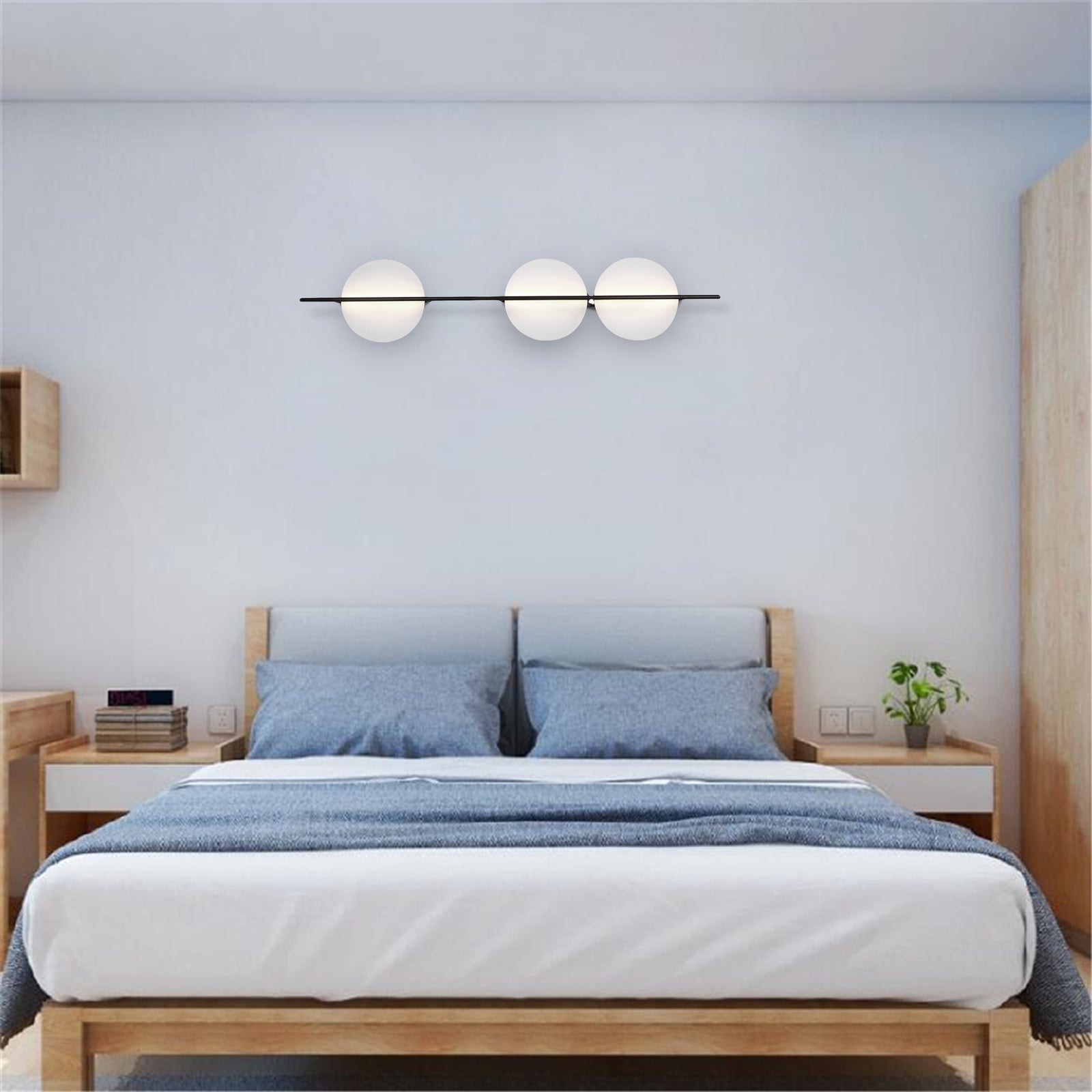How to guide on selecting lights based on lumens & Wattage
Have you ever walked into a room only to be greeted by a blinding darkness due to the dim lighting of the room? How about entering one, flicking the light switch on and being partially blinded by the strikingly bright light?
These are just some of the consequences you will have to face when designing false ceiling design for bedrooms, or illuminating a workplace if you do not invest in the right amount of light to brighten up a room.
The human eyes, just like our bellies have an appetite of their own which are fed by lumen, or light. Too much light and you will have eye strain, too little and it may be too hard to see, let alone function well.
Thankfully, at the advent of architectural lighting, we have found an easy and helpful way to help you calculate the perfect amount of light you need for a specific room -- the illumination meter!
Lumens and Watts: The Food and Energy of Light
The illumination meter, a tool specially designed by our company to help you gauge the perfect amount of lumen or watts needed to light up a room, functions much like a Lumen calculator. It takes into consideration how spacious the room is, the color of the walls where light bounces, as well as your preference for brightness and placement of light fixtures in the room itself. Thus, giving you a perfectly calibrated lighting source suited to all your architectural needs.
To further understand how a Lumen Calculator works, we must first understand what we are computing. Lumen is the Latin word for light. Naturally, the word is adapted into modern context as the measurement of light, or brightness of a light source.
However, notice when you are buying a light bulb, it is measured by Watts instead of Lumen. This is because Watts is derived from the name of James Watt, one of the inventors credited for discovering power. Thus, Watts is used to measure electrical frequencies. Hence, a LED wattage calculator measures how much electricity will be used by a particular amount of light. So, when you are buying a light bulb, you are not actually buying it for its brightness, but rather for how much electricity it can consume.
As a simple comparison, Lumen is like the food that you eat to have energy throughout the day, while watts is the energy that you get from food. The more food we eat, the more energy we have to burn. Consequently, the brighter the lumen of light we want, the higher the electrical consumption, or LED Wattage, it will be.
Wattage Equivalence: Even Light has “Food Groups”
While on the subject of food, it is best to remember that different food groups give you different levels of energy. As such, different kinds of light bulbs generate different amounts of power, too. Hence, a lumen calculator functions as a "food group" chart but for lights. This function is what we call a Wattage equivalence.
Just like there are different food groups -- fruits and veggies, meat, and carbs and calories -- there are also different kinds of light bulbs such as LED (Light-Emitting Diode), CFL (Compact Fluorescent Lamps), Incadenscent, and Halogen bulbs.
In food groups, if you want an energy level of 150 calories, it is equivalent to a plate of vegetables, but only a small bite if you will eat sugar and carbs. The same goes for light bulbs, if you want a brightness level of 1600 lumens, a halogen will cost you 78Watts, Incandescent bulbs is 100Watts, a CFL will give 23Watts only, while a LED one plays around 16 to 18Watts.
The Watts and Hows of the Illumination Meter!
Just like counting the calories of our food intake, the illumination meter is a tool that helps you compute how much lumen a certain room in your household or workplace needs. Typically, a larger room with dark colored walls would need as much architectural lighting as possible while a small room with brightly colored walls and huge open windows wouldn’t need as much.
In addition, lumen calculators such as our tool, computes how much wattage each light bulb would need to use in order to provide you with an adequate level of brightness. Thus, ensuring that you would not go beyond the required wattage necessary so that you may save up on electric consumption.
But how does the tool actually work?
Actually, the tool is extremely easy to use and does not involve confusing mathematical formula. You simply select which type of room you have -- kitchen, living room,or a bedroom.
Then, you enter the size of said room, you even have the option of using inches, meters or feet depending on how you measure your room.
Next, you indicate how you prefer your light to be. Do you want it to be dim? Bright? Or just the right amount needed?
After that, you identify other factors that may affect lighting, such as the color of your walls - are they bright or dark - as well as where you will be placing the lights. Will you place them in the center or in the corners?
Then you press enter and let our tool do all the work for you. It’s that easy!
For example, let’s say you want to change the lights in your bedroom, so you swing by the hardware store to pick-up some bulbs. However, at the shelf, you notice bulbs have an 8watt with 760 lumen, a 15watt with a lumen of 1,425 and a 23watt power with a 2,185 lumen. Now, you ask yourself, which bulb would you need and how many?
If you use our tool, you wouldn’t just be standing there, scratching your head and blindly picking at which is least expensive. Let’s say, after you have entered all your room measurements in the lumen calculator, you found out that you need about 2500 lumens to properly light the room.
With that knowledge of how much lumen you need, you can identify which bulb you need. If you have 2 light sockets in your room, then you might want to get 2 of the 15watt ones as 1425 lumens multiplied by 2 is 2850 lumens, which meets your 2500 lumen requirement, without as much electrical consumption as the others.
Benefits of Calculating your Lumen Requirements
You might be thinking, why would you need to go through all these trouble when you just need to buy a light bulb? What good would it do you?
The following are just some of the many benefits that you will have if you chose to be mindful of your LED Wattage computations.
- Environmental Benefits - Conservation of Energy!
Not only will you be doing yourself a favor by spending less money on electrical consumption, but also, you will be contributing to the preservation of our environment. Saving energy means that we are also saving our environment as the less electricity we consume, the less we burn fossil fuels and the less greenhouse gases and carbon footprint we leave. Thereby, contributing to conservation of sustainable energy.
- Economic Benefits - Saving up on Electrical Bills!
As mentioned earlier, if you know how to compute the LED Wattage usage of each room by using the lumen calculator, you will eventually spend less on electric bills as you can choose bulbs that produces bright light at the lowest possible watt level, thereby reducing your electrical consumption. Remember, when you are buying bulbs, you are not only paying for it by its brightness, but also by its electrical consumption.
- Industrial Benefits - No more dark rooms!
Psychology dictates that a person becomes more productive in bright, well-lit spaces. This is because dim and dark rooms, stimulate melatonin which can cause sleepiness. This is especially true if you are designing architectural lighting. Dim workplace lighting is a no-no since it can possibly be the cause of unwanted accidents on the workplace.
- Medical Benefits - Less strain on the eyes!
You might think of going for light bulbs with the less wattage since less watts means more savings but don’t go out there making that mistake!
Learning the proper LED Watt requirement and not just blindly picking the lowest watt possible is important since it ensures that you get perfectly calculated lumen every time. Squinting in a dark, dimly-lit room will not only give you wrinkles but may also be the primary cause of blurring eyesight and optical problems.
So, love your eyes, and feed it with the right amount of light. Invest in a perfectly calibrated light source by using a lumen calculator!




kiran naik
January 20, 2022
Excellent and very informative blogs on lighting, lumens/watts to be used in different rooms, different types of lightings and their placements. very interesting indeed, First time I hv come across such a beautiful article.Good for customers who would like to buy for their homes.